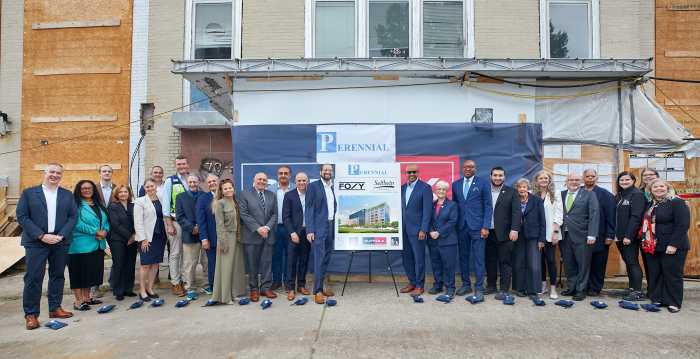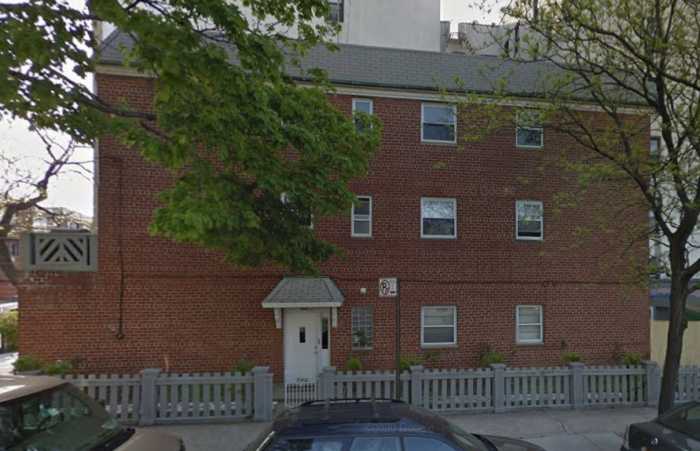A key trend in Long Island City, Astoria and Flushing during the third quarter of 2024 was a rise in closed sale prices for condos, showing an increase compared to the same period in 2023, according to a report by the real estate firm Modern Spaces.
Flushing had the most significant increase in the average closed sale price among the three Queens neighborhoods. Year-over-year, the volume increased 23%, from $901,464 in 2023 to $1,008,800 in 2024.
In Long Island City, the average price for which a condo sold rose by 4%, from $1,149,725 in 2023 to $1,195,714 in 2024.
Over the same period, there were 137 closed sales. The average cost for resale, at $1,300,638, was more expensive than that of new developments, which came out to $1,116,348.
Another notable trend seen in Long Island City was the rise in the volume of condos that were in contract. Year-over-year, the in-contract volume went up 43% in Long Island City, from 44 last year to 63 this year.
Astoria experienced a 7% jump in its average closed sale price, from $731,193 in 2023 to $782,376 in 2024.
Unlike with Long Island City, Astoria ended up experiencing a decrease in the volume of condos that were in contract. In-contract volume decreased 45% in Astoria, from 11 last year to 6 this year.
Based upon all the data collected in the report, Modern Spaces President, Founder and CEO Eric Benaim anticipates a strong market for condos in Flushing and Long Island City during the fourth and final quarter of 2024, thanks in large part to a rising demand in the area and increasing rental prices.
Benaim believes that despite recent positive price trends, Astoria could face more pressure than the other two neighborhoods. This is in large part due to rental prices still trending down. One thing that Astoria might have going its way in the fourth quarter is steady demand that could stabilize very soon, as evidenced by the growth in the volume of rental units.



































